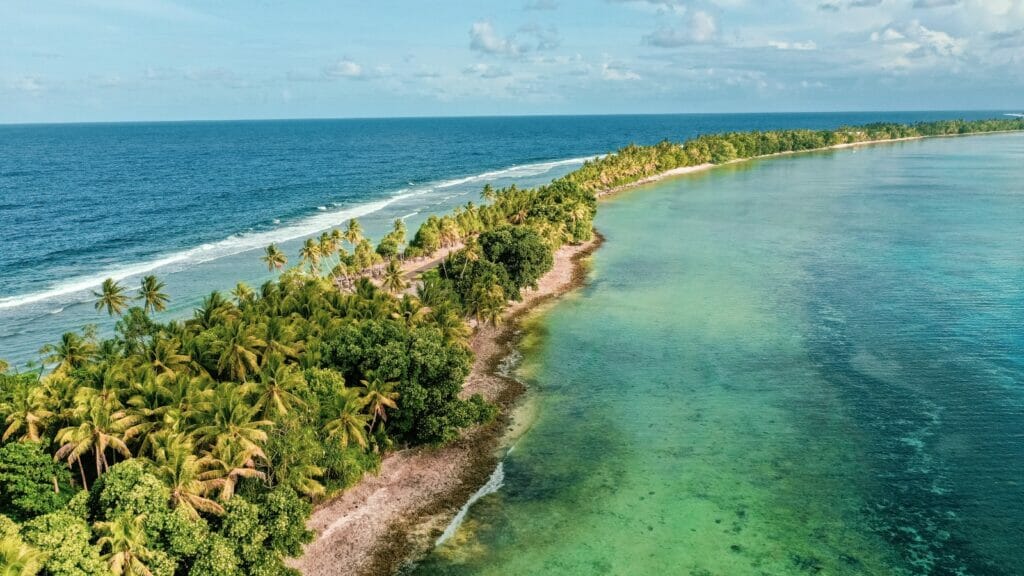No doubt you’ve heard or read a sentence like “other island nations like Tuvalu, Kiribati and the Marshall Islands could face even worse in the coming century, scientists say.” Those words “scientists say” often mean the reporter vaguely recalls reading it on some environmentalist blog or in a New York Times article. But in this feature we don’t try to guess, we just quote the scientists themselves. To wit: “Over the past decades, atoll islands exhibited no widespread sign of physical destabilization in the face of sea‐level rise. A reanalysis of available data, which cover 30 Pacific and Indian Ocean atolls including 709 islands, reveals that no atoll lost land area and that 88.6% of islands were either stable or increased in area, while only 11.4% contracted. Atoll islands affected by rapid sea‐level rise did not show a distinct behavior compared to islands on other atolls. Island behavior correlated with island size, and no island larger than 10 ha decreased in size.” Scientists say.
Sometimes a newspaper article with “scientists say” does reference one particular study and imply that its conclusions are taking the academic world by storm. But other times, as in the one cited above, no actual scientist is harmed in the writing because none is named. But science is harmed, because the article we link to is one of many solid research efforts that show low-lying Pacific atolls grow and change as the sea level changes.
They don’t simply go under in areas where sea levels rise. Instead they rise along with it, except where people cause coastal erosion by digging and hacking away at the landform. Which might be both stupid and man-made but is not climate change.
The article summary goes on to note: “Increasing human disturbances, especially land reclamation and human structure construction, operated on atoll‐to‐shoreline spatial scales, explaining marked within‐atoll variations in island and shoreline behavior. Collectively, these findings highlight the heterogeneity of atoll situations.” So yes, if you go looking for areas where water encroaches on the atolls you can find it. But no, it is not a sign of global warming, it is a sign that locals were running bulldozers and building things, sometimes carelessly. Nor is it representative of the atolls as a whole, which are stable or growing. Scientists say.


